![]()
While PetaPixel is currently deep in its real-world test of the upcoming Sony a9 III (expect that review in the next couple of weeks), Richard Butler from DPReview just published a studio test that highlights a very real issue with the global shutter: noise.
In his initial testing, PetaPixel‘s Jeremy Gray noticed what many have been expecting as a tradeoff for using a global shutter sensor: dynamic range is on the a9 III is worse than other modern full-frame cameras. Sony had told media that the a9 III’s stacked CMOS design would be able to overcome the drawbacks of a global shutter — dynamic range and ISO performance — and up until this point, most have had to take the company at its word since the cameras media had access to weren’t final firmware.
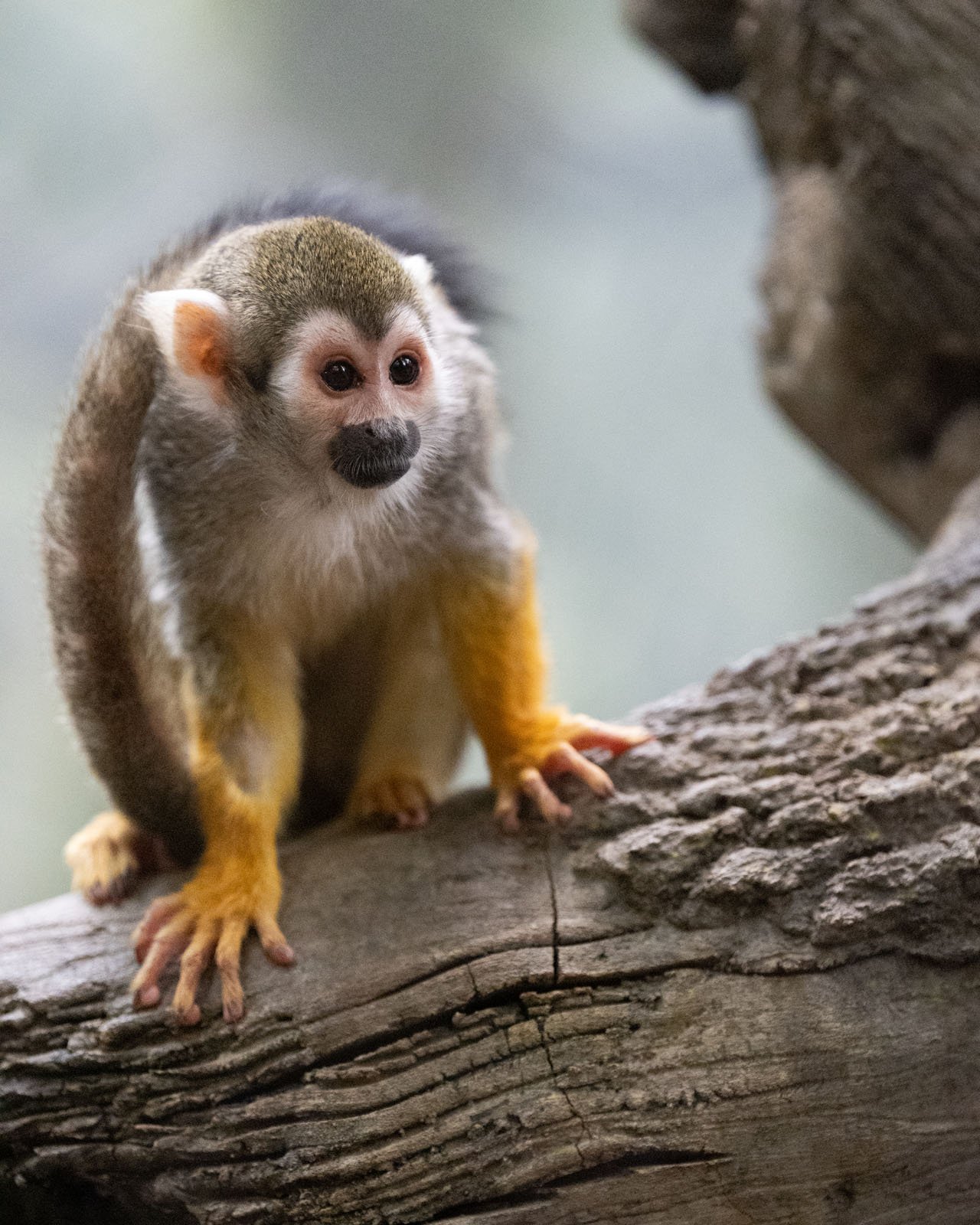
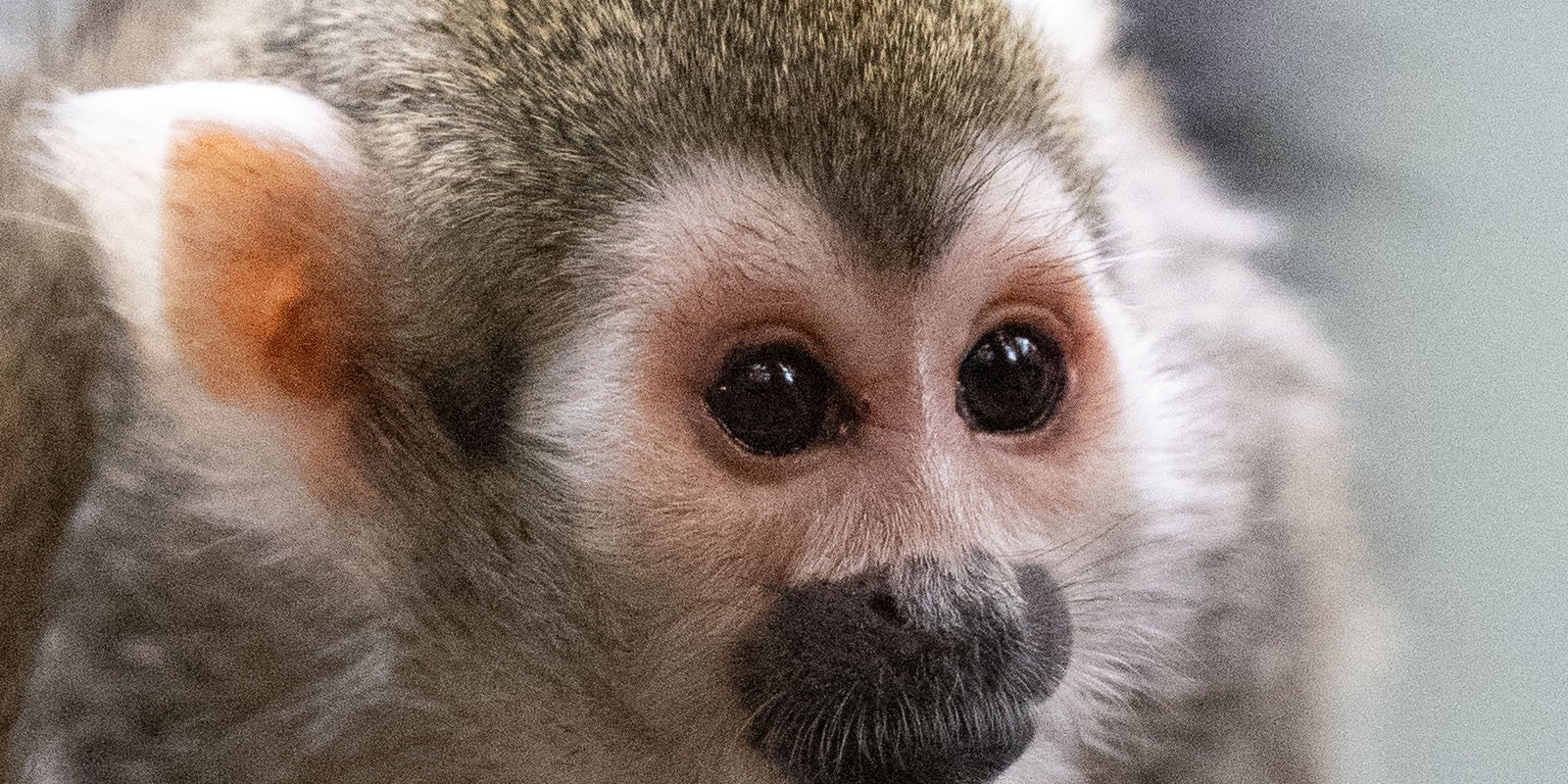
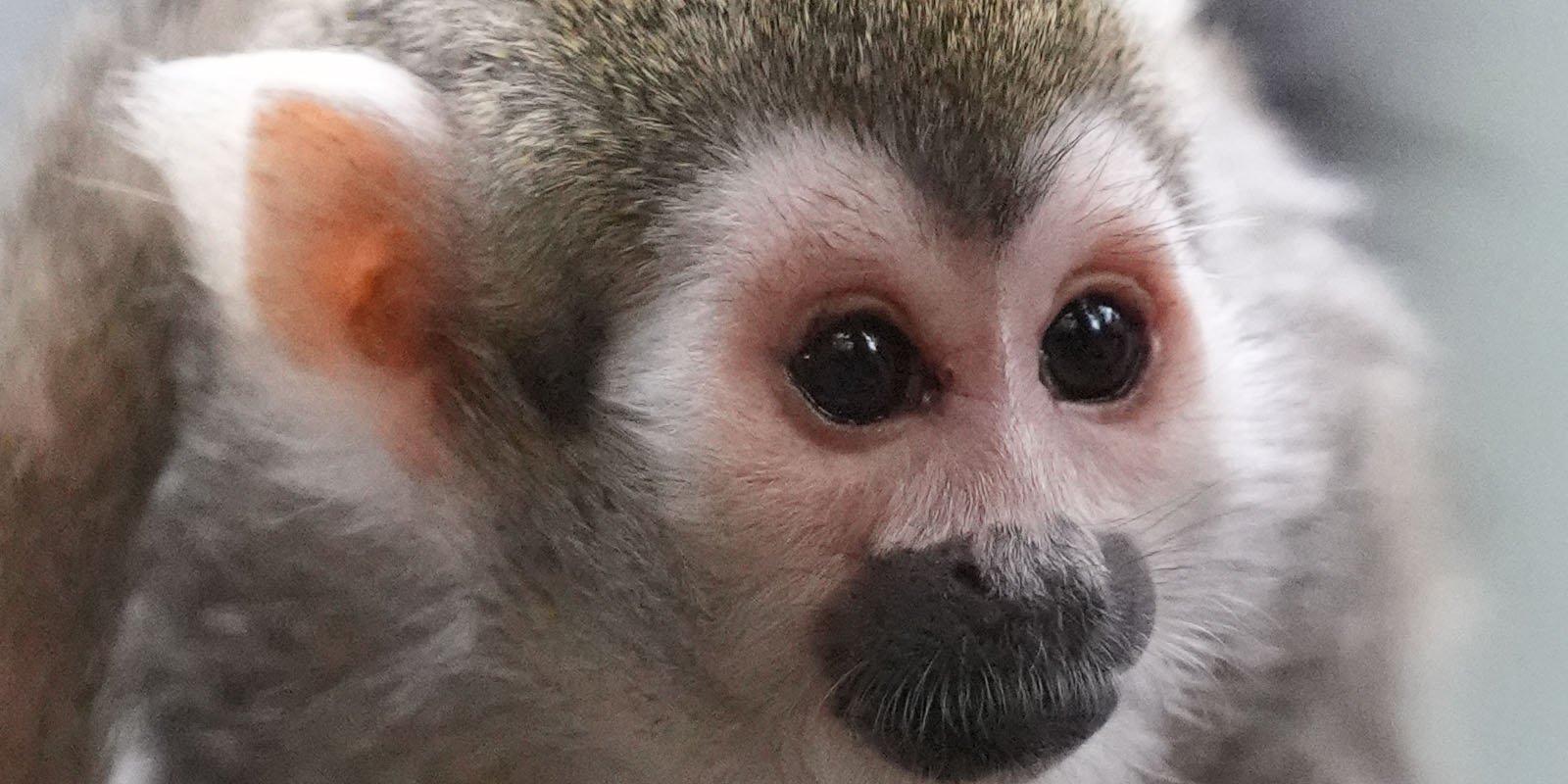
Well, it’s final now, and DPReview‘s studio test highlights that the problem is actually more severe than PetaPixel believed after looking at initial final firmware results where it already looked like quite the compromise.
“The most immediate difference in capability is that the a9 III has a base ISO of 250. This means that you can’t give it as much light as its peers with base ISOs of 100 or lower. This is not necessarily an issue for sports photography, where maintaining a high shutter speed is much more important than the need to optimize image quality by staying at a low ISO,” Butler writes.


“At its launch, Sony told us the a9 III has dynamic range comparable with previous models, and our measurements show that it is comparable with cameras when operating at ISO 250. Notably most other cameras can operate at lower ISOs than this, and hence have a higher maximum dynamic range than the a9 III.”
The issue isn’t that the dynamic range at ISO 250 is bad, it’s that the base ISO — where dynamic range is, of course, at its peak — is higher.



In internal discussions earlier this week, Gray mentioned that he felt the dynamic range he was getting out of the a9 III were similar to what he expects from an APS-C camera. Looking at DPReview‘s results, where there is a direct comparison to the Sony a6600, that tracks.

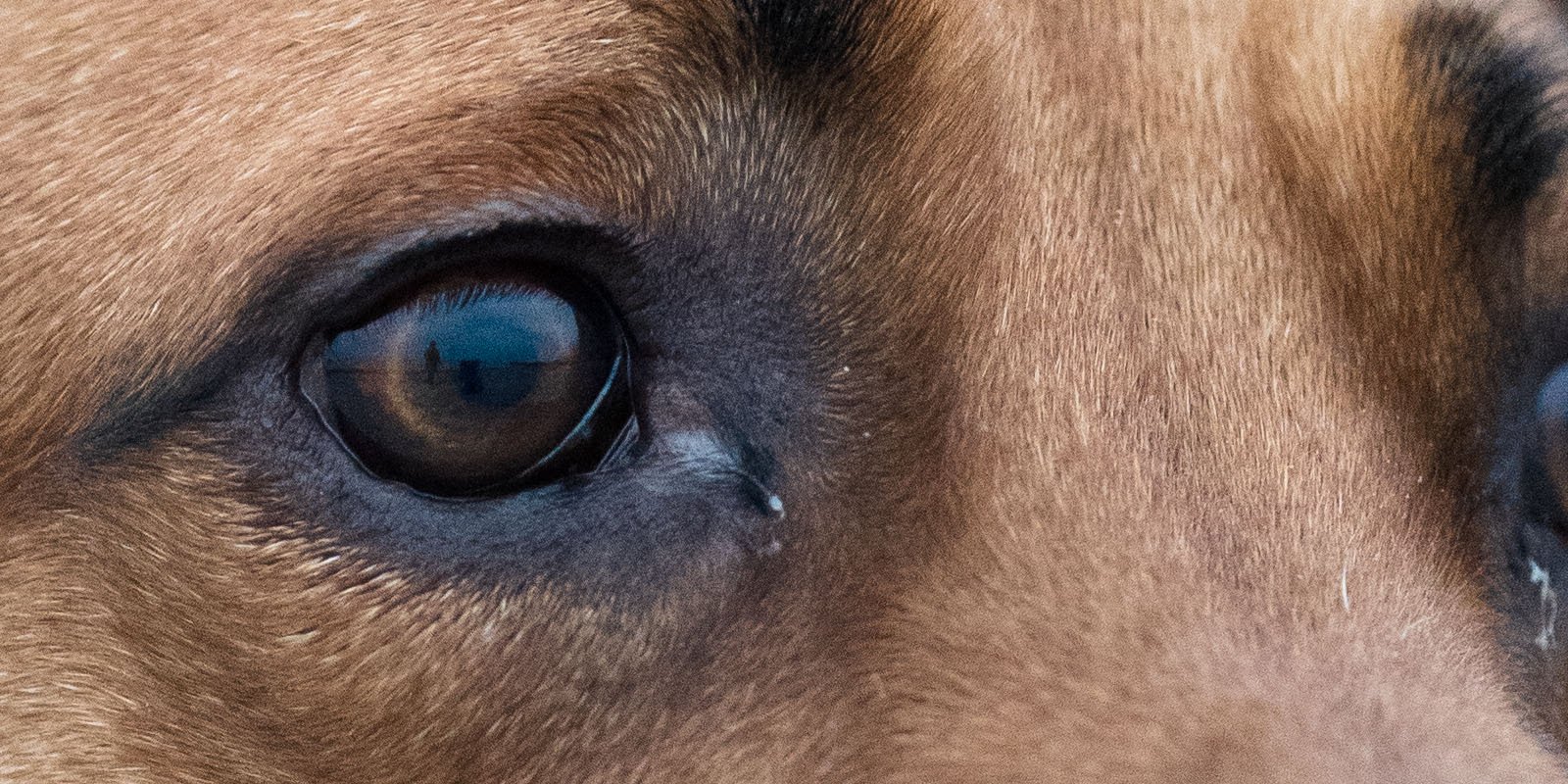

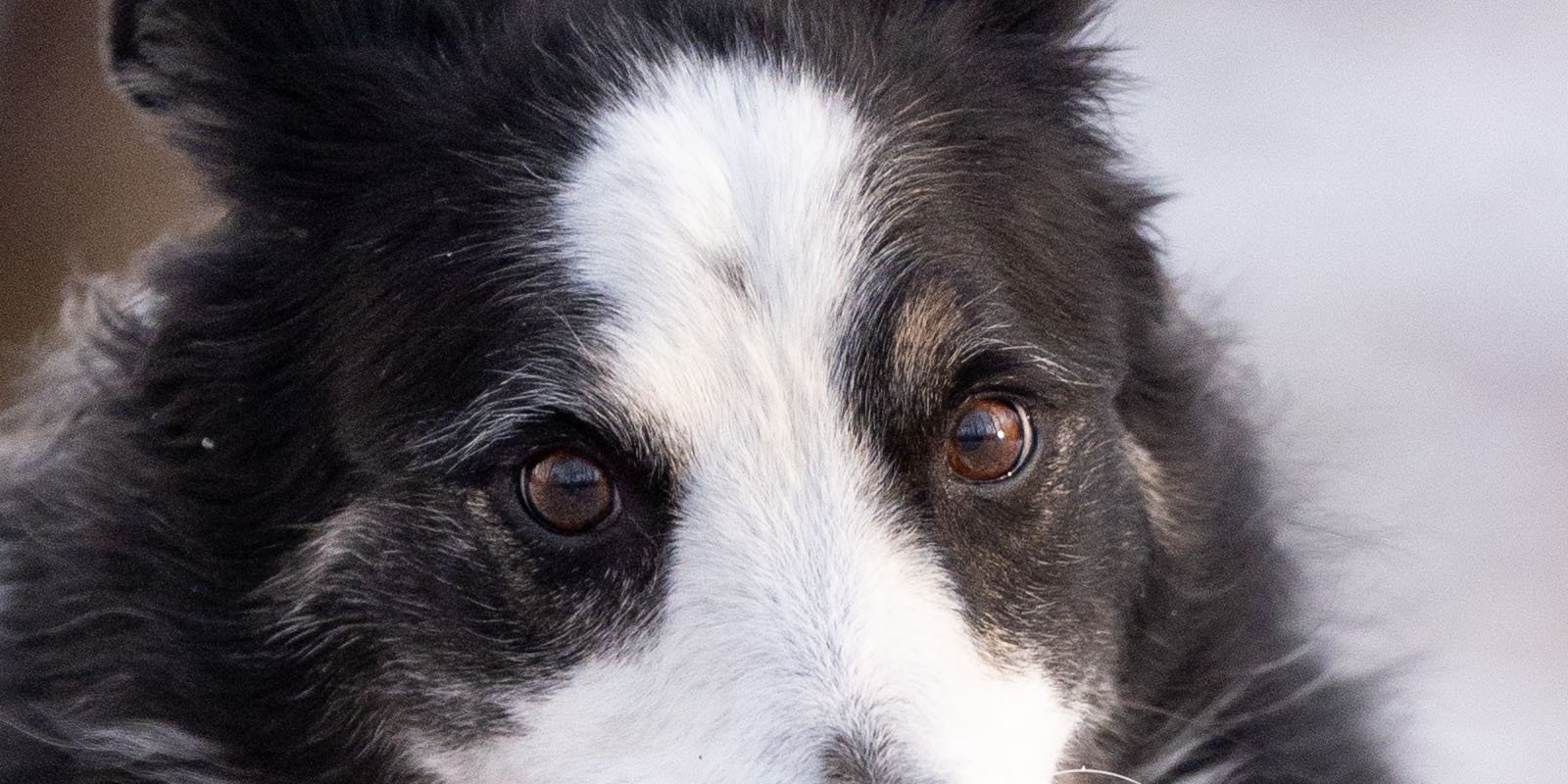
This tradeoff in exchange for the incredible speed and elimination of rolling shutter is still absolutely worth it for sports and action photographers, but DPReview‘s test shows that this camera, which was already going to be a very specialized tool, is even more niche than initially believed.
Image credits: Images and captions by Jeremy Gray.
